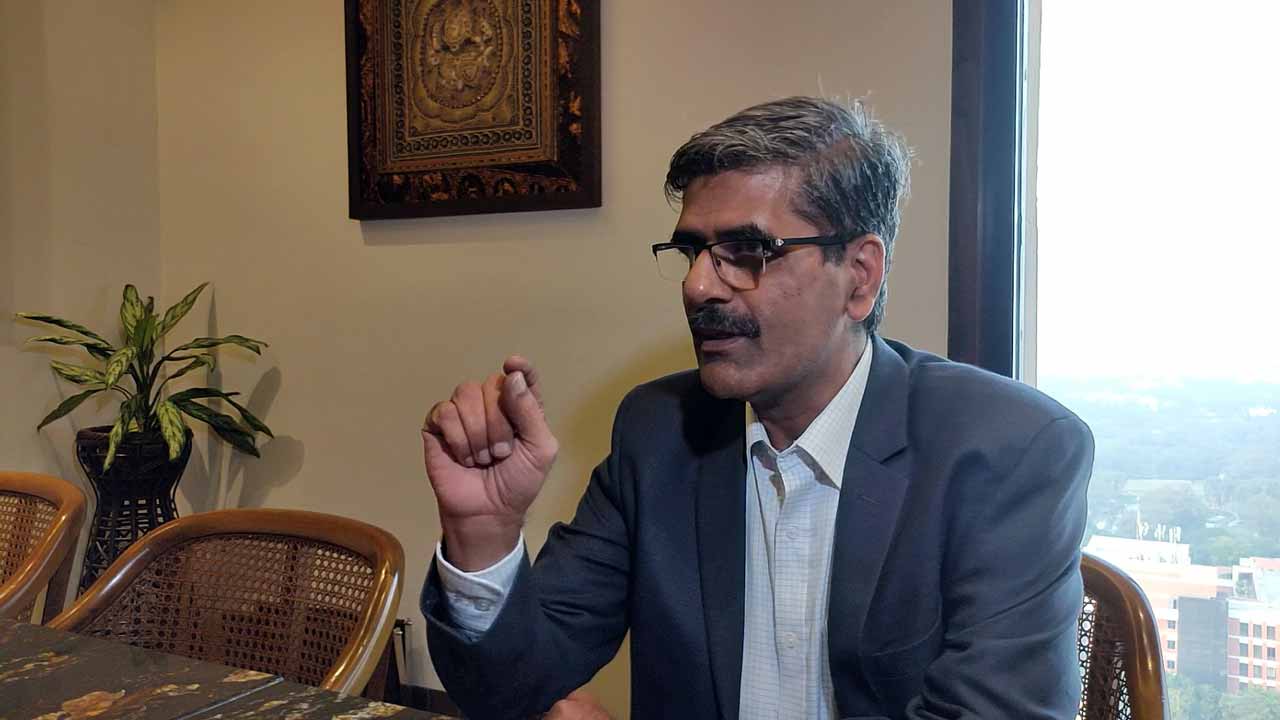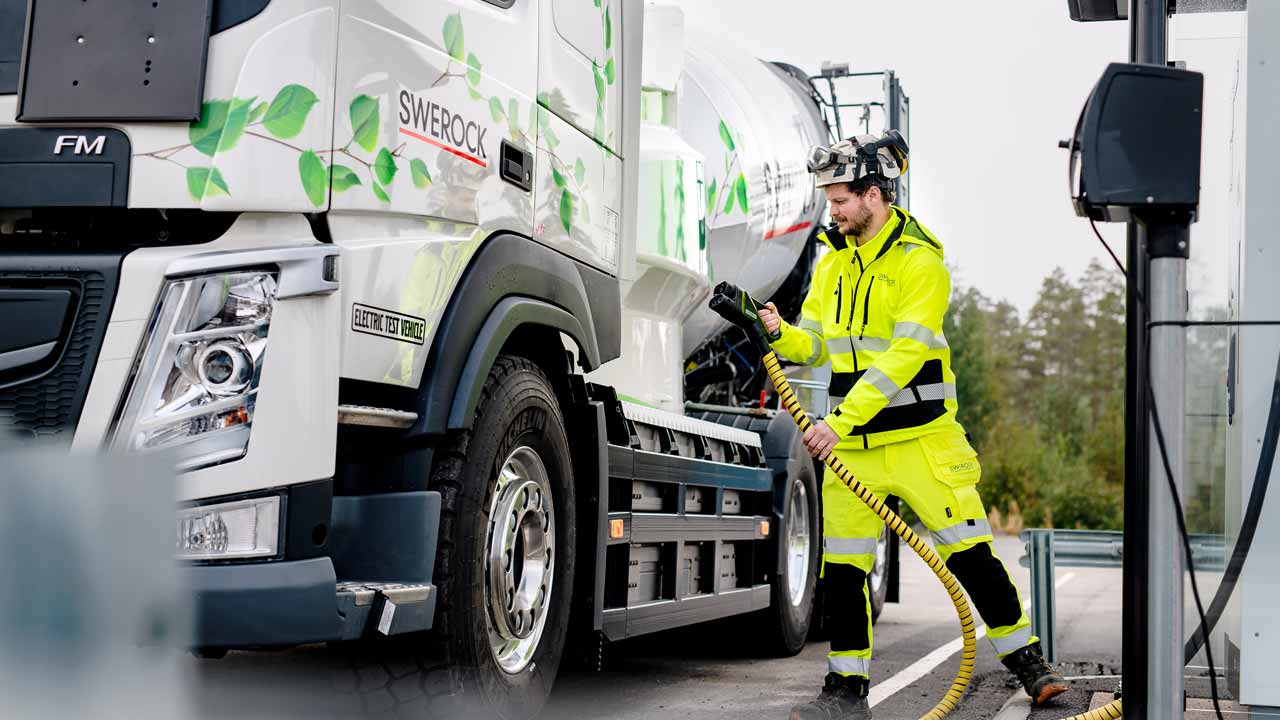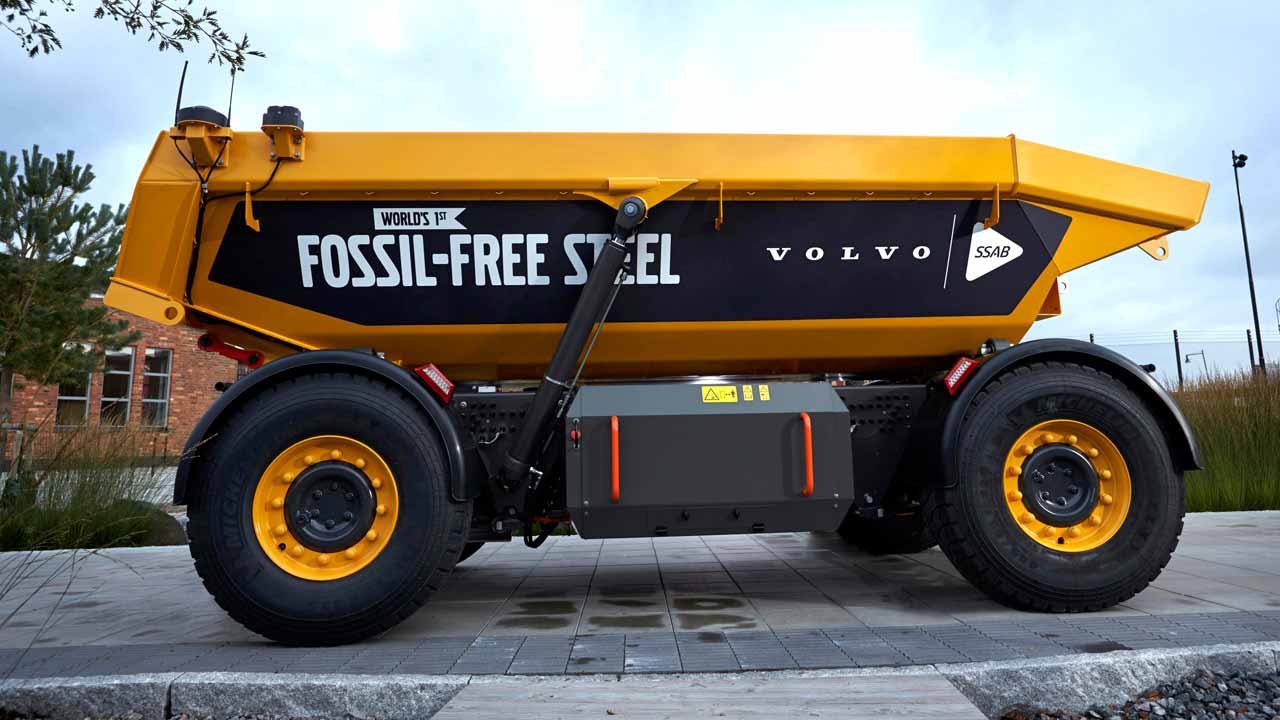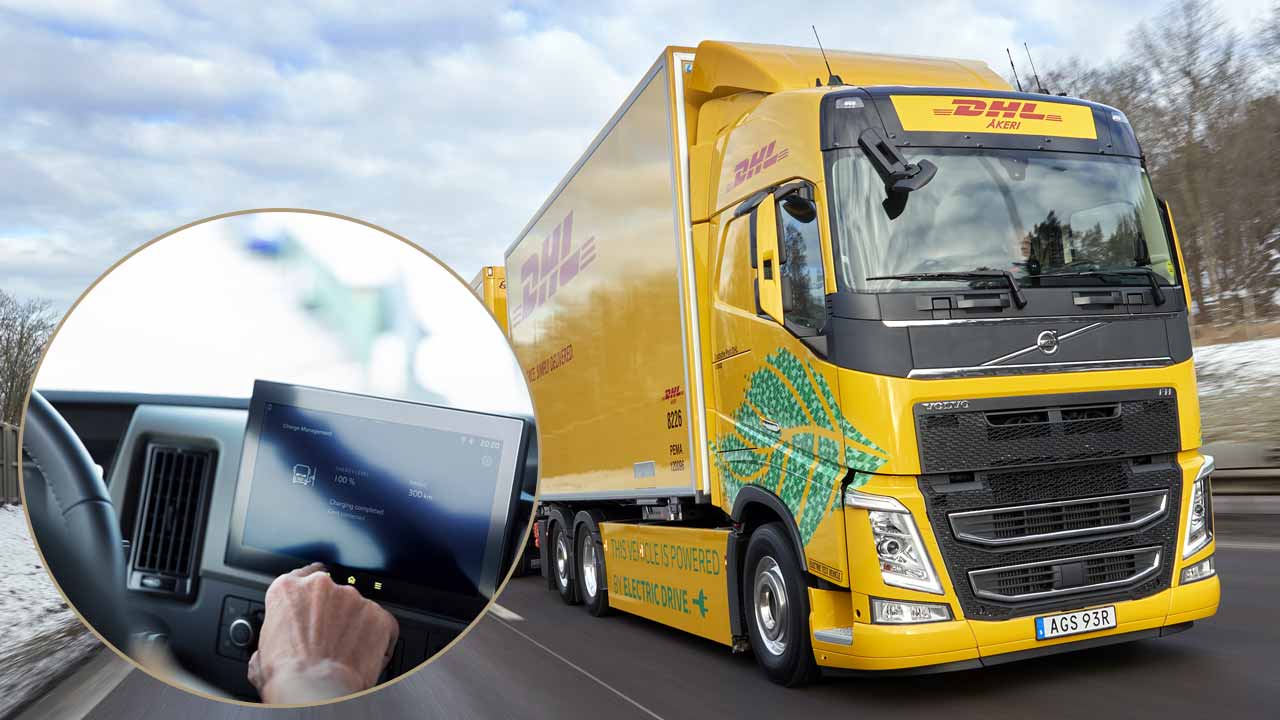Sohanjeet Randhawa, Director of Group Communications and Sustainability Affairs, Volvo Group India, in conversation with Jyoti Verma of Tatsat Chronicle, shares the Swedish multinational’s vision relating to net-zero carbon and the changing face of mobility. The discussion covers ways to curb vehicular emissions, including the shift from fossil fuels to electric and hydrogen, to making mobility sustainable and smart. The change is set to come, he says, with political leaders and corporations committing to emission mitigation targets with deadlines. Excerpts:

On climate change, population and urbanisation changing mobility
The Volvo Group believes that the choices we make today define the world we live in tomorrow. Climate change, population growth and rising urbanisation are altering the landscape and expectations of transport and infrastructure globally. In all our actions, we need to consider how to reduce climate impact, use the world’s resources more efficiently, and conduct business more responsibly. We are a signatory to the United Nations Global Compact (UNGC) and a supporter of the UN 2030 Agenda for Sustainable Development. As a company, we have set ambitious targets according to the Science-Based Targets initiative (SBTi) and provide a Green Finance Framework (to finance investments and projects in clean transportation) to accelerate our transformation to fossil-fuel-free solutions. The SBTi is an alliance between the Carbon Disclosure Project, UNGC, World Resources Institute, World-Wide Fund for Nature (WWF) and one of the We Mean Business Coalition commitments.
To understand sustainable mobility, one must begin by understanding ‘sustainability’, which by definition is three-dimensional: environment, inclusiveness and economic. The world over, the population is set to grow. In India itself, there will be more demand for mobility, especially with a greater number of people moving into cities. By 2030, 50 percent of India’s population will live in cities, pushing for more mobility and also concerns of climate, local emissions and safety.
The Volvo Group has committed to go net-zero carbon by 2050, on the lines of the European Union’s aim to become climate-neutral by 2050. However, as our vehicles operate with a lifetime of 10 years, we have committed to net-zero carbon emissions by 2040. Then, under our commitment to the SBTi, by 2030, 35 percent of all our vehicles will be electric and 50 percent of our trucks, which is the largest selling vertical of commercial vehicles, will be electric. That means, by 2030, we will cut carbon emission from vehicle use itself by 50 percent. Our vision is zero emissions, zero fossil fuel, zero accidents and 100 percent productivity. The vision is not distant, as a lot of our products are on the roads. We have introduced electric trucks, buses and compactors. Automation solutions have been introduced. Most of these vehicles are incentivised as of now. In India, we have the Faster Adoption of Manufacturing of Electric Vehicles (FAME) programme by the Government of India, apart from other financial instruments to support people. Electric charging stations are being built. The battery costs have come down dramatically in the past few years. Led by all these drivers, soon there will be a tipping point that will work in favour of these vehicles.
On how electric is not the only pathway
Electric is not the only pathway the Volvo Group has chosen to shift to green. We will have electric, hydrogen fuel cell, and fossil-free combustion engines of some percentage. In India, we only deal in commercial vehicles and have three factories near Bangalore – for Volvo Trucks, Volvo Buses and Volvo Construction Equipment. For these heavy vehicles, electric is not the only answer, as there are issues of range (of kilometres to cover) and refuelling. In this category of vehicles, the hydrogen fuel cell is more viable, as hydrogen yields big bang regarding energy and output, i.e., 80 kg of hydrogen can deliver enough energy for a truck to cover 800 km! The only thing that comes out of the vehicle is water and heat. However, this technology is still under development. We have a joint venture with Daimler Truck AG, called cell centric. In a few years, we will do trials of vehicles run on this technology and begin work on its other aspects. The economics will work out over time.
The transition to sustainable mobility solutions will be faster if people partner with public and private players. The government has plans for electric and hydrogen fuel cell vehicles and other, more environment-friendly fuels that can work in current engines, such as LNG and biofuel mix (for example, ethanol and methanol). The government also has a programme on methanol. All these programmes have robust targets.
On efficiency, logistics, alternative fuels and tech, and cost converging to offer solutions
Solutions are everywhere. Like, there must be a fuel that is most efficient, i.e., with least fuel consumption can give the best efficiency and least emissions. Despite this, if nobody buys this fuel, it is not a sustainable option. We need to have the whole story – alternative fuels and solutions that do more with less. Then, if you put the fuel into an inefficient system, you will end up with high costs, with not many people deploying this great solution. Efficiency, logistics, transport concept, alternative fuels and emerging technologies can converge and optimise and make the shift viable, successful and sustainable.
When it comes to commercial vehicles, the reason for shifting to green is not about pleasure, but about payback. Currently, buying electric or green is viable because of subsidies and support from various countries and markets. However, in future, there will be a tipping point for electric and hydrogen fuel cells. With competitors (like Volvo and Daimler) tying up for scale and investment, a tipping point will come where the cost benefits of these new-age vehicles will pay back the customer. Even today, these vehicles do payback. We have just sold globally 100 electric heavy trucks to Europe’s largest freight hauler, DFDS. The Volvo FM Electric truck can carry a weight of 44 tonnes gross and has a range of up to 300 kilometres.

Good infrastructure and efficient logistics are important for the success of high-performance vehicles. These will also address the primary aspect of mobility, safety. For electric and other fuels to be sustainable, people must buy these fuels without always looking for subsidies. A change in attitude and behaviour at the people level is also important. Like, in cities, public transport must be the number one choice. Unfortunately, this discussion has been put on the backburner. This is because we see sustainability as a one-dimensional aspect, i.e., electric. It is not about shifting from diesel to electric. This will only make congestion move from diesel vehicles to electric vehicles and we will still be consuming energy. In cities, we must have plans to make public transport a priority. Public transport must be a city-wide economy and the payback should not be the transport corporation payback, it should be the city’s payroll. For this change to happen, all of us must come together. If there is a lack of ownership, there will always be problems in making this a reality.
‘With competitors tying up for scale and investment, a tipping point will come where the cost benefits of these new-age vehicles will pay back the customer. Even today, these vehicles do pay back.’
On collaborations among competitors
A major change being witnessed and set to grow is collaboration, even between competitors. Volvo has collaborated with Daimler on hydrogen fuel cells, with Nvidia and Aurora for autonomous vehicles, with Isuzu and Designwerk for electronic solutions, and with Daimler Truck and Traton Group for a public charging network. The days of competitive spirit and competition in the world of business have given way to collaboration, innovation and purpose, where you go across your domain to solve problems. No single stakeholder can handle these problems alone. Today’s biggest currency is trust. This new understanding will matter for countries, companies and businesses.
The changing landscape of mobility includes partnerships, trust and building the entire ecosystem together. The production-linked incentive (PLI) scheme of the Government of India for automobile and auto components is one big step. The scheme is focused primarily on hydrogen fuel cells and electric vehicles and encourages organisations to develop these products. Another important scheme is FAME, where the Centre provides subsidies on the purchase of new electric vehicles. Then there is the National Programme on Advanced Chemistry Cell Battery Storage. All these initiatives together make the shift to new-age vehicles an incentive. Partnerships, discussions and joint commitments can create the ecosystem needed for sustainable mobility.

On how India has the R&D advantage
Today, almost every global organisation and a majority of innovation companies have their research and development (R&D) centres in India. Most of the future design and R&D which is going to happen with emerging technologies will happen here. The country will have a big pool of people with competencies, including the Volvo Group. We have a big product development centre in Bangalore. We also have a set-up called CampX, a global innovation arena for technology and business transformation, where we invite partners such as customers, start-ups, suppliers, academia and authorities to collaborate with us to develop future transport solutions. CampX has one centre in Gothenburg, Sweden, the second centre is in Bangalore.
The second advantage that India has is its large number of uniforms; in fact, it is number four in the world. These men solve a lot of problems in terms of last-mile connectivity. A large portion of their funding goes to mobility and most of that to smart connectivity. They are coupling that with intelligent charging solutions, optimisation solutions using Artificial Intelligence algorithms, etc., for the last-minute, last-mile delivery.


























